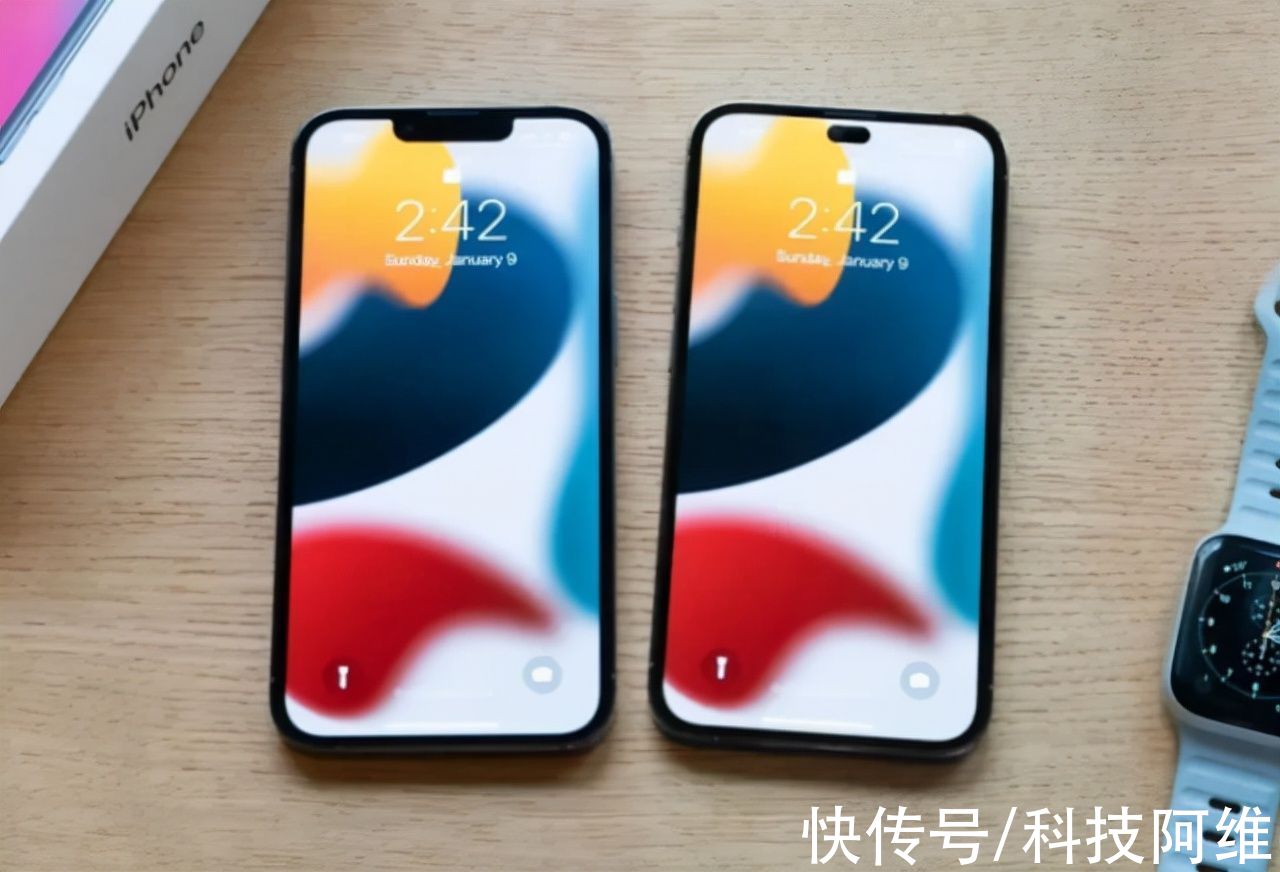莫道桑榆晚,为霞尚满天。这篇文章主要讲述Android 加载大图相关的知识,希望能为你提供帮助。
- 在 android 开发中, Bitmap 是个吃内存大户,稍微操作不当就会 OOM 。虽然现在第三方的图片加载库已经很多,很完善,但是作为一个 Androider 还得知道如何自己进行操作来加载大图。
- 为什么加载图片会很容易造成 OOM 呢,主要是从图片加载到内存说起,假如一个图片的分辨率是 1000*20000,那么这张图片加载的内存中的大致大小为 1000*20000*4 = 80000000 字节,那么就是占用内存为 77 M 左右,这样的话,很容易造成 OOM 。
- 为了不 OOM ,Android 提供了 BitmapFactory.Options 的 inJustDecodeBounds 和 inSimpleSize ,合理使用这些变量可以轻松的加载图片
- 通过把该变量设置为 true ,可以在不加载图片的情况下,拿到图片的分辨率。这时,decodeResource 方法返回的 Bitmap 是 null
- 代码
BitmapFactory.Options options = new Options();
options.inJustDecodeBounds = true;
BitmapFactory.decodeResource(getResources(), R.drawable.bigpicture, options);
int outHeight = options.outHeight;
int outWidth = options.outWidth;
inSimpleSize
- 通过 inJustDecodeBounds 拿到了图片的分辨率,那么通过 ImageView 的宽和高与图片的宽高进行比较,只有当图片的宽和高任意一个都比图片的宽和高都小的时候,计算结束。inSimpleSize 的大小,默认值为 1 ,然后按照 2 的倍数增加,假如 inSimpleSize 为 2,那么图片的宽和高就按照1/2缩放,这样加载到内存就缩小了4倍。
- 代码
BitmapFactory.Options options = new Options();
options.inJustDecodeBounds = true;
BitmapFactory.decodeResource(getResources(), R.drawable.bigpicture, options);
int outHeight = options.outHeight;
int outWidth = options.outWidth;
int inSampleSize = 1;
int height = view.getMeasuredHeight();
int width = view.getMeasuredWidth();
if (outHeight >
height || outWidth >
width) {
int halfHeight = outHeight / 2;
int halfWidth = outWidth / 2;
while ((halfHeight / inSampleSize) >
= height || (halfWidth / inSampleSize) >
= width) {
inSampleSize *= 2;
}
}加载大图
private void loadImage(ImageView view) {
BitmapFactory.Options options = new Options();
options.inJustDecodeBounds = true;
BitmapFactory.decodeResource(getResources(), R.drawable.bigpicture, options);
int outHeight = options.outHeight;
int outWidth = options.outWidth;
int inSampleSize = 1;
int height = view.getMeasuredHeight();
int width = view.getMeasuredWidth();
if (outHeight >
height || outWidth >
width) {
int halfHeight = outHeight / 2;
int halfWidth = outWidth / 2;
while ((halfHeight / inSampleSize) >
= height || (halfWidth / inSampleSize) >
= width) {
inSampleSize *= 2;
}
}
options.inSampleSize = inSampleSize;
options.inJustDecodeBounds = false;
Bitmap bitmap = BitmapFactory.decodeResource(getResources(), R.drawable.bigpicture, options);
view.setImageBitmap(bitmap);
}展示巨图局部
- 加载巨图,针对上面方式的话,就无法看清楚了。比如清明上河图,这时候就需要使用到另外的一个类 BitmapRegionDecoder ,通过该类可以展示圈定的矩形区域,这样就可以更加清晰的看到局部了。
- 代码
InputStream inputStream = getResources().getAssets().open("bigpicture.jpg");
BitmapRegionDecoder regionDecoder = BitmapRegionDecoder.newInstance(inputStream, false);
int measuredHeight = view.getMeasuredHeight();
int measuredWidth = view.getMeasuredWidth();
Rect rect = new Rect(0, 0, measuredWidth, measuredHeight);
Bitmap bitmap = regionDecoder.decodeRegion(rect, new Options());
view.setImageBitmap(bitmap);
- 【Android 加载大图】以上就可以在 ImageView 中展示图片的局部。
滑动显示巨图
- 上面功能实现了展示巨图的局部,但是想要通过滑动显示巨图的其他区域,就需要自定义 View , 重写 onTouchEvent() 方法,根据手指滑动的距离,重新计算 Rect 的区域,来实现加载大图布局。
- 几个要点:
- 在 onMeasure 中拿到测量后的大小,设置给 Rect
- 在 onTouchEvent() 方法中,计算滑动的距离,然后设置给 Rect
- 设置了新的显示区域以后,调用 invalidate() 方法, 请求绘制,这时候会调用 onDraw() 方法
- 在 onDraw() 方法中根据 Rect 拿到需要显示的局部 Bitmap, 通过 Canvas 绘制回来。
public class BigImageView extends View {private int slideX = 0; private int slideY = 0; private BitmapRegionDecoder bitmapRegionDecoder; private Paint paint; private int mImageWidth; private int mImageHeight; private Options options; private Rect mRect; public BigImageView(Context context) { this(context, null); }public BigImageView(Context context, @Nullable AttributeSet attrs) { this(context, attrs, 0); }public BigImageView(Context context, @Nullable AttributeSet attrs, int defStyleAttr) { super(context, attrs, defStyleAttr); init(); }private void init() { mRect = new Rect(); paint = new Paint(); try { InputStream inputStream = getResources().getAssets().open("bigpicture.jpg"); options = new Options(); options.inJustDecodeBounds = true; BitmapFactory.decodeStream(inputStream, null, options); mImageWidth = options.outWidth; mImageHeight = options.outHeight; options.inJustDecodeBounds = false; options.inPreferredConfig = Config.RGB_565; bitmapRegionDecoder = BitmapRegionDecoder.newInstance(inputStream, false); } catch (IOException e) { e.printStackTrace(); }} float downX = 0; float downY = 0; @Override public boolean onTouchEvent(MotionEvent event) { switch (event.getAction()) { case MotionEvent.ACTION_DOWN: downX = event.getRawX(); downY = event.getRawY(); break; case MotionEvent.ACTION_MOVE: float moveX = event.getRawX(); float moveY = event.getRawY(); slideX = (int) (moveX - downX); slideY = (int) (moveY - downY); if (mImageWidth > getWidth()) { mRect.offset(-slideX, 0); if (mRect.right > mImageWidth) { mRect.right = mImageWidth; mRect.left = mRect.right - getWidth(); } if (mRect.left < 0) { mRect.left = 0; mRect.right = getWidth(); } invalidate(); } if (mImageHeight > getHeight()) { mRect.offset(0, -slideY); if (mRect.bottom > mImageHeight) { mRect.bottom = mImageHeight; mRect.top = mRect.bottom - getHeight(); } if (mRect.top < 0) { mRect.top = 0; mRect.bottom = getHeight(); } invalidate(); } downX = moveX; downY = moveY; break; default: break; }return true; }@Override protected void onMeasure(int widthMeasureSpec, int heightMeasureSpec) { super.onMeasure(widthMeasureSpec, heightMeasureSpec); mRect.left = 0; mRect.right = getMeasuredWidth() + mRect.left; mRect.top = 0; mRect.bottom = getMeasuredHeight() + mRect.top; }@Override protected void onDraw(Canvas canvas) { super.onDraw(canvas); Bitmap bitmap = bitmapRegionDecoder.decodeRegion(mRect, options); canvas.drawBitmap(bitmap, 0, 0, paint); } }
推荐阅读
- Android 命名规范 (提高代码可以读性)
- react create-react-app 怎么添加sass
- react create-react-app 跨域
- Flask最强攻略 - 跟DragonFire学Flask - 第八篇 实例化Flask的参数 及 对app的配置
- Mybatis Mapper动态代理方式
- Jboot使用appassembler-maven-plugin插件生成启动脚本
- spring整合mybatis bug解决java.lang.IllegalArgumentException: Mapped Statements collection does not conta
- 前20个敏捷面试问答推荐
- 最新Swift热门面试题精品推荐






